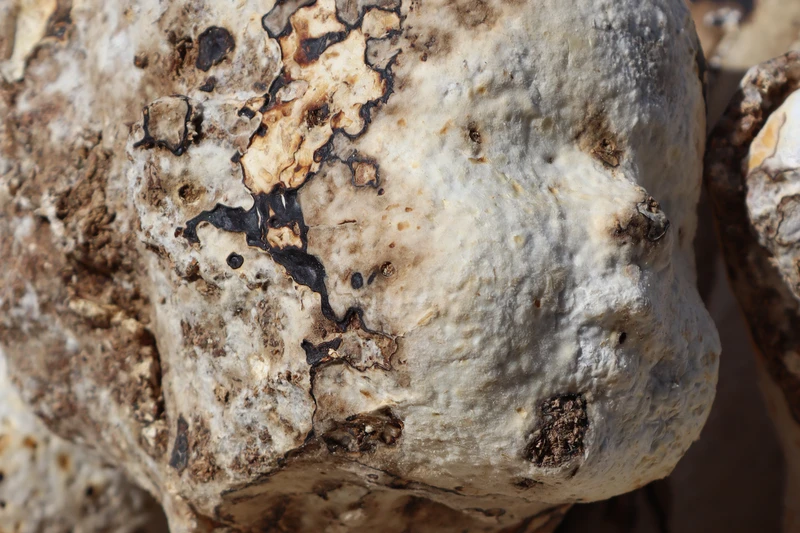Nour Mobarak: GODS’ FACSIMILES
2 Jun-23 Sep 2023
PV 2 Jun 2023, 6-8pm


The works in this exhibition* originated in a reinterpretation of the first opera, Jacopo Peri and Ottavio Rinuccini’s La Dafne. In 1598, Peri and Rinuccini asked the question what if speech were to become music? Language–– assembled in our embodied minds, fixed in our larynx, emitted from our mouths, resonating in our chests, our backs, our sinuses—made story into song. If opera in the West is born in this gesture, it is significant that they chose the myth of Dafne from Ovid’s Metamorphoses to serve as its central figure.
Apollo, shot by Cupid, falls in love with Dafne, who cares for nothing but hunting. When he is at the point of raping Dafne, she escapes by transforming into a laurel tree. He is left with nothing but a laurel, which nonetheless becomes a symbol of conquest and victory, and she is trapped in the body of a tree forever. Art and music are born — Apollo finds a lyre, sits under her branches, and sings songs of love’s sorrow. In Athens, visitors buy chintzy gold crowns of Dafne’s leaves.
La Dafne was first performed at the Medici’s Palazzo Pitti, in the Sala Dei Nicchie — the Hall of the Niches. The classical gods being played onstage were doubled as statues in niches on the walls. The gods were incarnated, materialized, mimicked, rendered, copied, replicated, commodified. Their voices ringing, the sound bouncing off their statufied selves.
To become thing-like––as Dafne transformed into tree, as deity into devotional object, or as collaborative labor into glistening wares—is to follow the seemingly inevitable trajectory, circumscribed by myth and economy, from an animate state into an inanimate one. Some phenomena pose a resistance to this trajectory, however. As an example, the sculptures in both London and Athens are grown from saprophytic mycelium. Mycelium is fungi. It is the root form of the mushroom. On earth, it came before plants. Its form is rhizomatic, repeating and proliferating through a cycle of decomposition and recomposition. Its branching network of filamentous cells, called hyphae, create a dense web that can be dried out, petrified. It can remain in states of unchanging dormancy indefinitely, but has the potential to be reawakened and altered if pushed. It lives by eating death and decay. In conversation, resin and plastic, modern indestructible synthetics, are also materially present in the exhibitions.
If technological advancement (or at least its commercial fantasies) will one day transform death into the ultimate luxury, questions about what might separate the living from the dead become less rhetorical––less operatic, even. Yet the sound of Dafne, which Ovid describes as a still beating heart perceptible in the trunk of a tree with slow growing roots, is nothing less than the persistence of this question. This question persists as the emergence of the possibility of reanimating the inanimate.
Text by Jeffrey Stuker and Nour Mobarak
______________
*Gods’ Facsimiles sets the stage for Dafne Phono which will be installed by Rodeo Piraeus in July. Dafne Phono figures each character as a singing sculpture. Each work in this exhibition is replicated in miniature and installed in its own niche.
These sculptures were created with the generous assistance of Dirfis Mushrooms in Evia, Greece. Chorus Copy was produced using Dirfis Mushrooms substrate, spawn, and facilities. Some other works were set, incubated, and dehydrated on their site.